Urban art, with its vibrant and dynamic expression, has gained tremendous popularity in recent years. However, as the demand for urban art grows, so does the risk of encountering forgeries in the urban art market. Distinguishing between authentic urban art and clever imitations requires a keen eye and some essential knowledge. So today, we will examine valuable tips to help you spot a forgery when buying urban art, ensuring that you invest in genuine and valuable pieces.
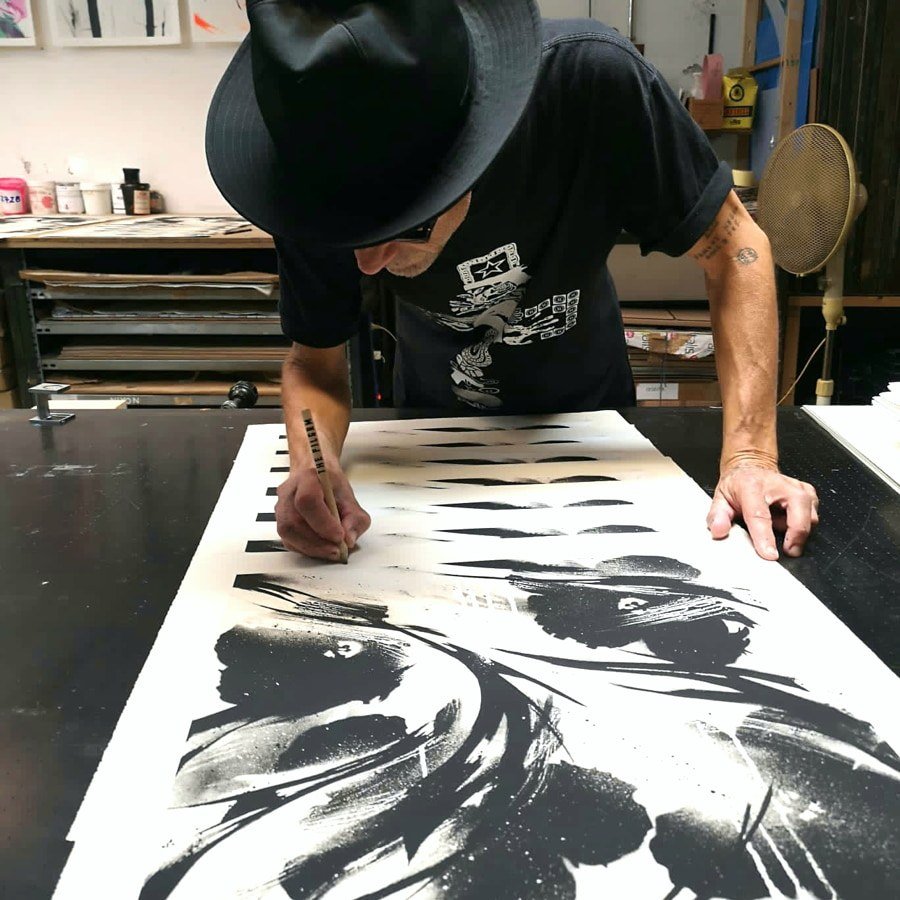
Research the Artist
Before purchasing urban art, thoroughly research the artist’s background, reputation, and established body of work. Study the artist’s style, techniques, and use of materials. Familiarize yourself with their signature motifs, recurring themes, and distinctive visual language. This knowledge will serve as a reference point when examining the authenticity of a piece.
Signature and Markings
Pay close attention to the artist’s signature or any specific markings on the artwork. Authentic urban artists often sign their work or use unique symbols or tags. Compare the signature or markings with known examples to ensure consistency in style, size, and placement. Any irregularities or deviations may raise suspicions of forgery.
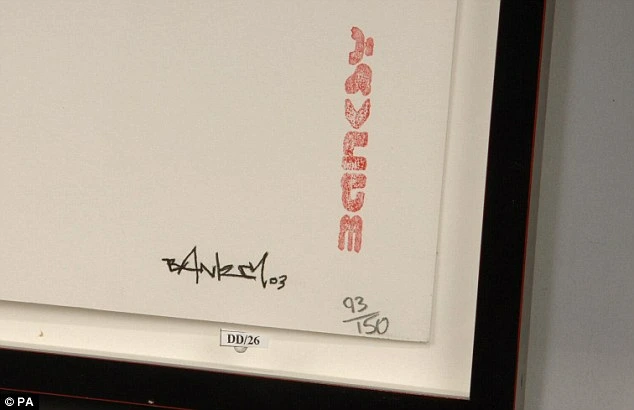
Quality of Execution
Authentic urban art is typically characterized by the artist’s skill, precision, and attention to detail. Assess the overall quality of execution, including clean lines, intricate details, and smooth color transitions. Look for consistency and proficiency in stencil work, hand-painted elements, or any other techniques employed by the artist. Sloppy or amateurish execution may indicate a forgery.

Materials and Techniques
Urban artists often use specific materials and techniques that contribute to the authenticity of their work. Understand the typical mediums employed, such as spray paint, stencils, acrylics, or mixed media. Examine the texture, layering, and blending of colors to ensure they align with the artist’s known style. An imitation may lack the depth, complexity, or characteristic visual effects achieved by the genuine artist.

Provenance and Documentation
Request detailed provenance documentation when purchasing urban art. Genuine artworks are accompanied by a history of ownership and exhibition records. Verify the authenticity of the provided information by cross-referencing it with reliable sources, such as the artist’s official website, reputable galleries, or established art databases. Be cautious if the provenance appears incomplete, inconsistent, or difficult to trace.
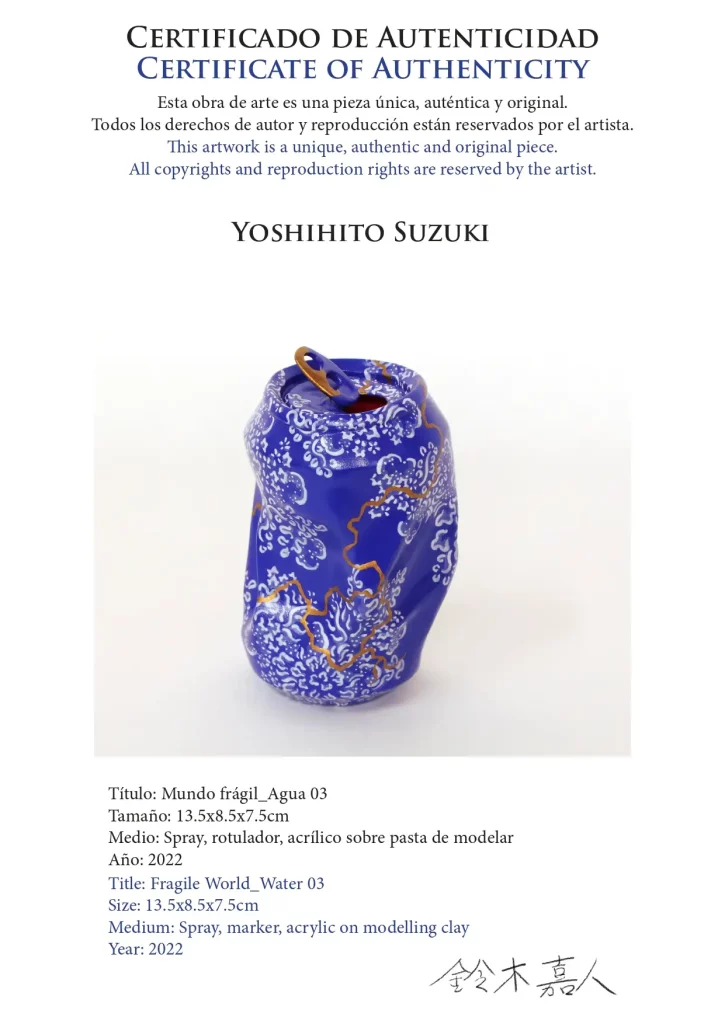
Authentication by Experts
Seek the opinion of art experts, curators, or experienced collectors specializing in urban art. Their expertise and a trained eye can identify subtle nuances and assess the authenticity of a piece. Consultation with knowledgeable individuals or institutions can provide invaluable insights and increase your confidence in the artwork’s legitimacy.
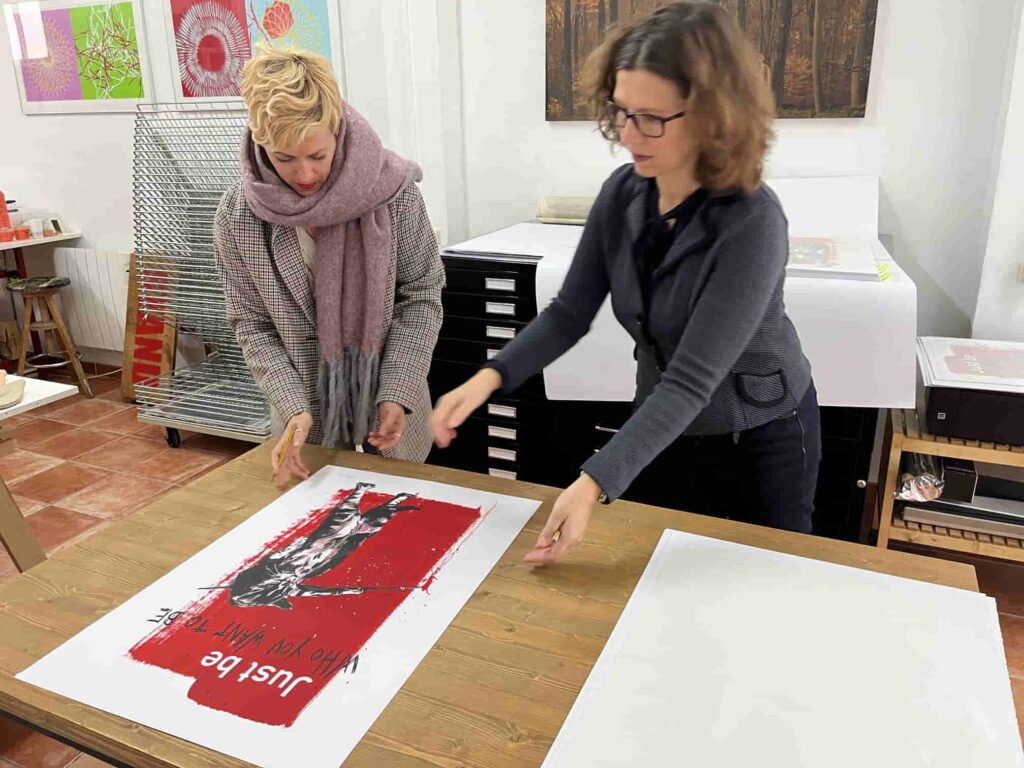
Compare With Known Works
Compare the artwork you are interested in with authenticated pieces by the same artist. Look for similarities in style, subject matter, composition, and execution. Examine past works of the artist through reputable sources, including exhibitions, catalogs, or online platforms. Any significant deviations from the artist’s established oeuvre may suggest a forgery.
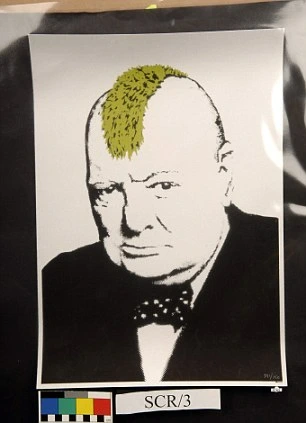
Trust Your Intuition
Intuition plays a crucial role in detecting forgeries. If something feels off or too good to be true, trust your instincts. Be cautious of deals that seem too enticing or artworks that lack a sense of authenticity. If a seller is pressuring you to make a quick decision or exhibits a lack of transparency, it’s wise to exercise caution and further investigate the artwork’s provenance and authenticity.
Spotting a forgery when buying urban art requires a combination of research, observation, and consultation with experts. By delving into the artist’s background, examining signatures and markings, evaluating the quality of execution and materials, scrutinizing provenance and documentation, seeking expert opinions, comparing with authenticated works, and trusting your intuition, you can minimize the risk of purchasing a counterfeit piece. Remember, acquiring authentic urban art not only ensures the value and integrity of your collection but also supports and appreciates the genuine talent and creativity of urban artists.
Cover image: The Art of Nick Walker

Leave a Reply